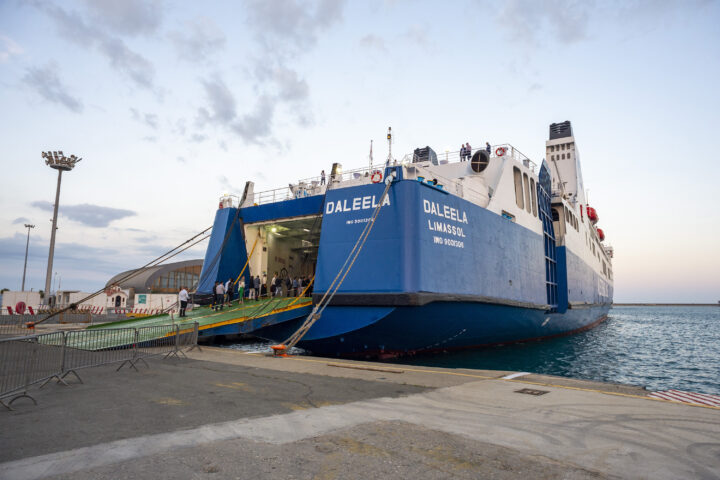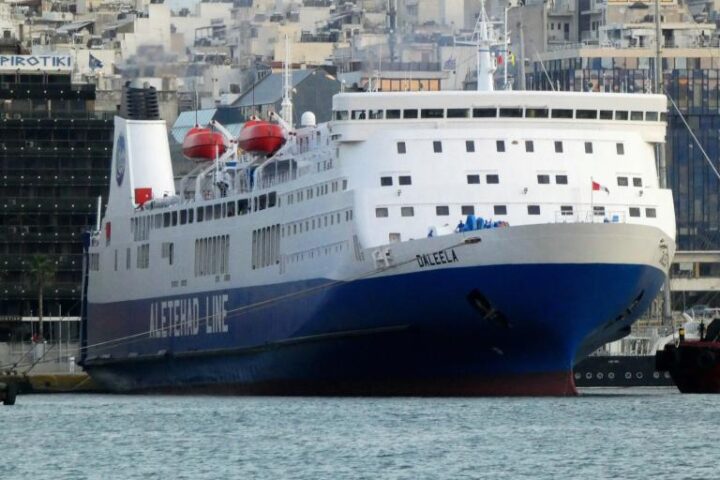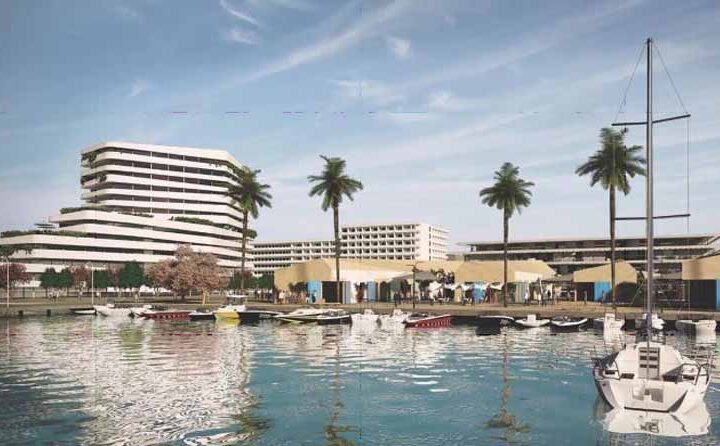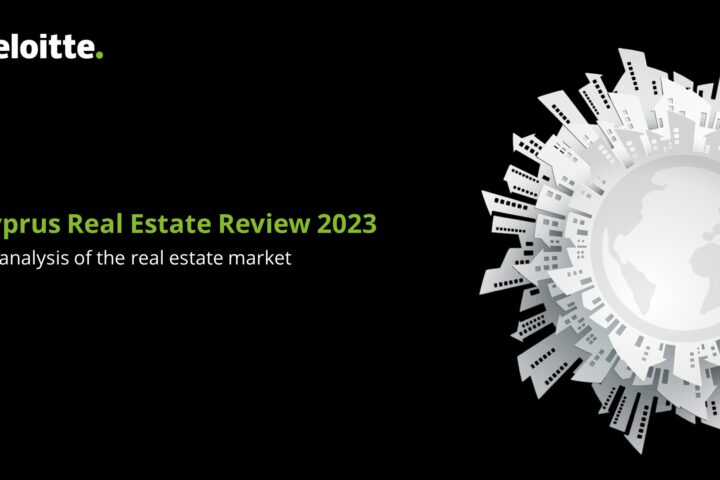Moody's Investors Service has downgraded from B3 to Caa1 the long-term deposit ratings of three Lebanese banks – Bank Audi S.A.L., BLOM BANK S.A.L. and Byblos Bank S.A.L. – in line with the country’s sovereign rating downgrade on Monday.
The rating agency said the decision reflected the government’s “weakened creditworthiness [that] weighs on the credit profile of the three banks given the high interlinkages between their balance sheets and sovereign credit risk,” while deposit growth, mostly inflows from overseas, also slowed in the past year.
This follows a change of Moody’s outlook of the three banks to negative from stable on December 17.
The rating agency said that Wednesday’s downgrade “links the banks' creditworthiness with that of the heavily-indebted Lebanese government, constraining their ratings, while also exposing the banks to liquidity and interest rate risks. Furthermore, all three banks have substantial exposure to the challenging Lebanese operating environment, despite varying levels of geographical diversification, which also indirectly exposes them to sovereign event risk.”
It explained that the probability has increased that a new government, once one is formed, may take measures aimed at reducing Lebanon's very large gross financing needs involving some liability management that constitutes a default under Moody's definition.
Lebanon's gross financing needs exceed 30% of GDP, amongst the highest of rated sovereigns. However, Moody's expects that any such exercise would likely look to safeguard banks' solvency and financial stability, so as to preserve depositor confidence and the Lebanese pound's peg to the US dollar, and therefore maintain Lebanon's economic model whereby financial inflows (predominantly deposit inflows) continue to finance the government deficit and a large part of the current account deficit.
“The Lebanese banks face headwinds in attracting deposits because of the political impasse in the country, low economic growth, rising global interest rates and tighter emerging market liquidity,” the rating agency said.
“Deposit growth has slowed to $4.5 bln during the eleven months to November 2018 compared to an average of $6.9 bln during the same period in 2013-2016, while deposit dollarisation reached 70%, a level last-seen in 2008. Lebanese banks are able to continue to attract customer deposits by offering higher interest rates, which in turn are supported by transactions with the Banque du Liban (central bank) that provide banks with higher returns on their placements with the central bank.
“These private sector deposit inflows are ultimately channeled to support the sovereign and foreign reserves. Therefore, a sustained slowdown in deposit inflows or capital outflows remain the key downside risk for banks and the sovereign. Continued heightened political uncertainty can maintain such a slowdown in deposits, while conversely the formation of a new government tied with meaningful fiscal reforms to unlock donor funding for Lebanon would support macroeconomic stability, raise the prospect for new deposit inflows and potentially reduce the risk premia banks need pay for new deposits.”
Moody’s said that BdL's foreign currency reserves stood at $33.6 bln as of November 2018, equivalent to 65% of currency in circulation and Lebanese pound deposits (M2), supporting the stability of the peg, or 90% of all non-resident deposits. The BdL also had gold worth $11.3 bln and other foreign assets (Lebanese Eurobonds and other foreign securities) of $7.3 bln.
On a positive note, Moody's said that the banks' own financial fundamentals have remained “relatively resilient against operating environment pressures.
It said the three banks remain profitable with a net income to tangible assets ranging from 0.6% to 1.4% in the nine months to September 2018, and their latest reported capital ratios, while modest when viewed against concentrations to the sovereign, were reasonably above higher regulatory requirements that were implemented as of the end of 2018, with a requirement for minimum common equity tier 1, tier 1 and total capital ratios of 10%, 13% and 15% respectively, and which include a larger 4.5% capital conservation buffer.







